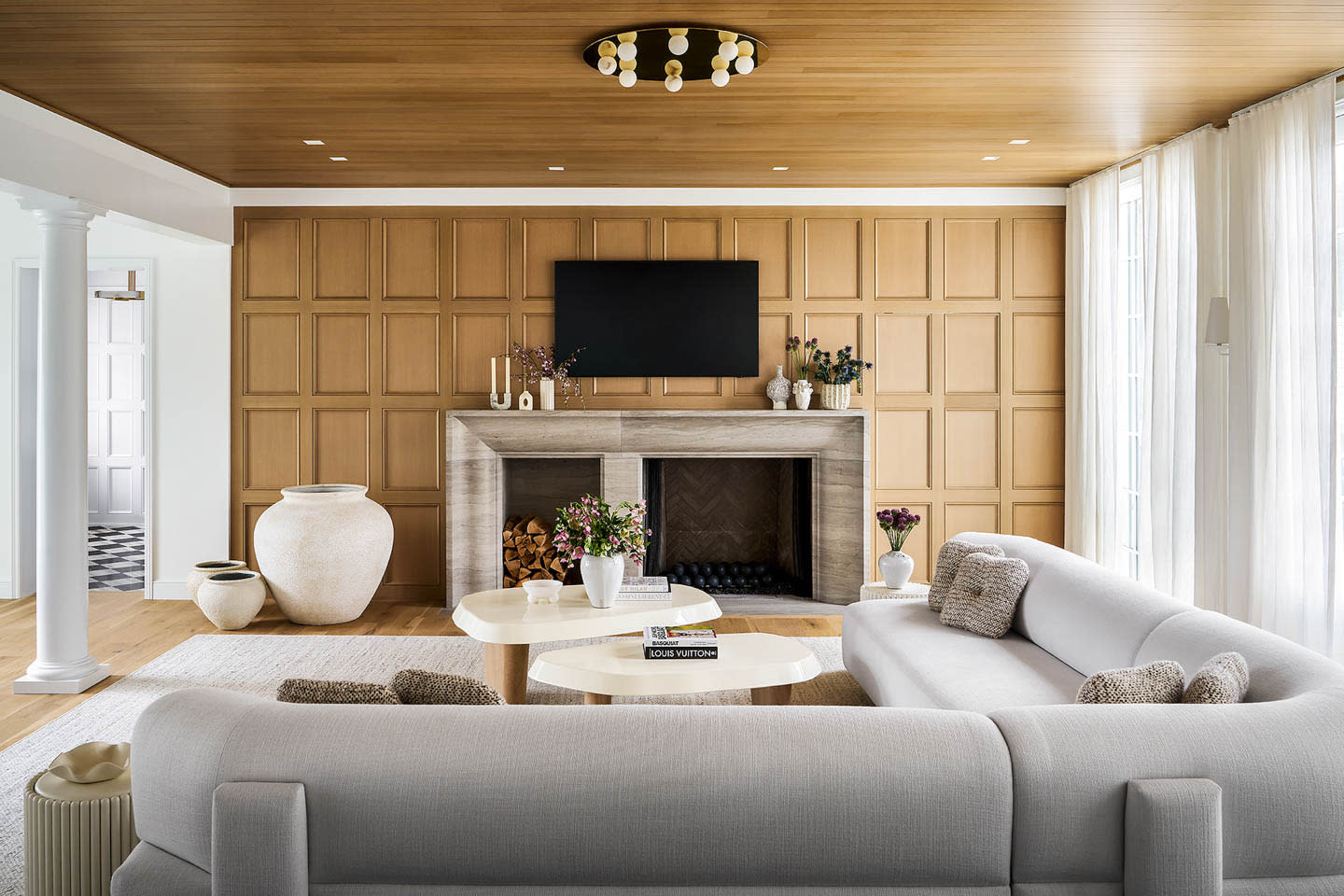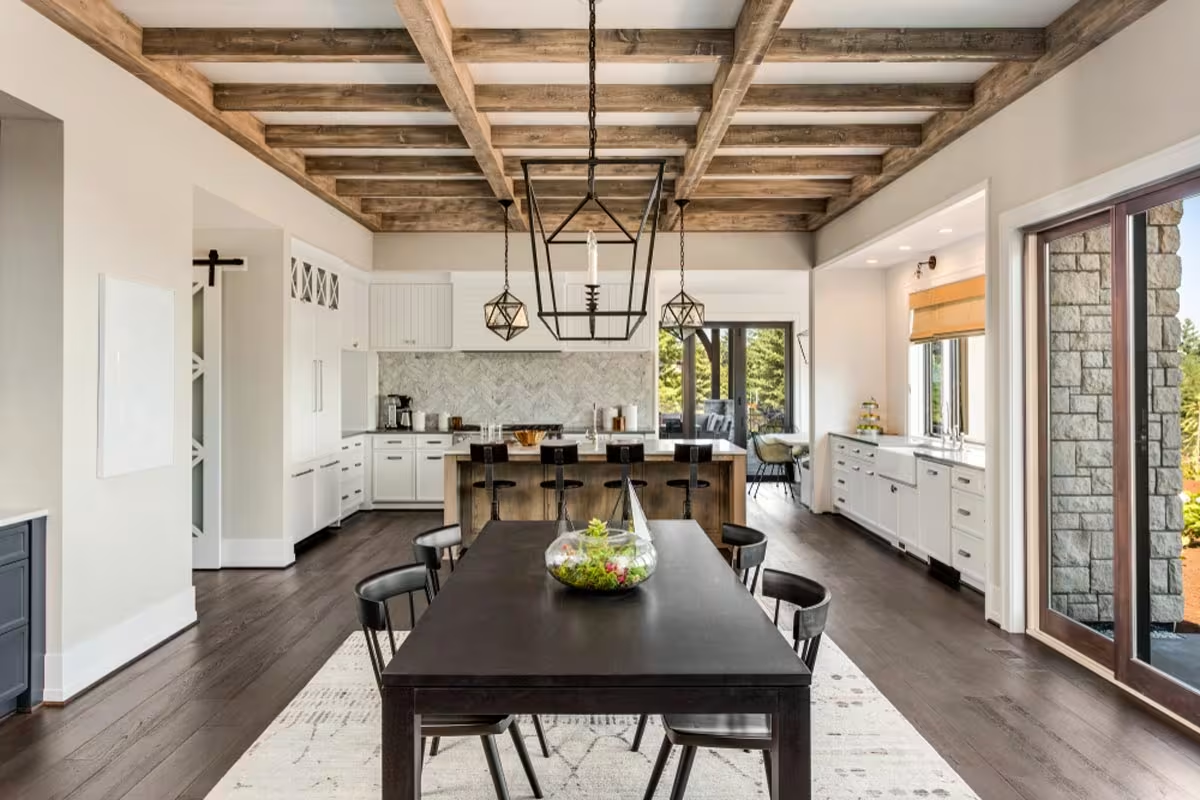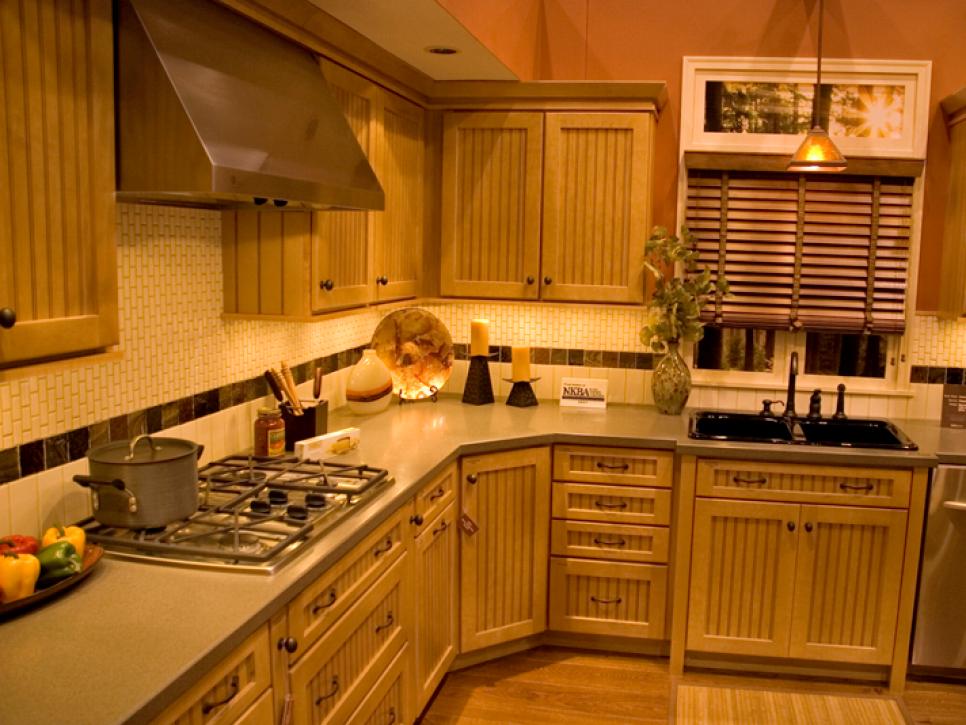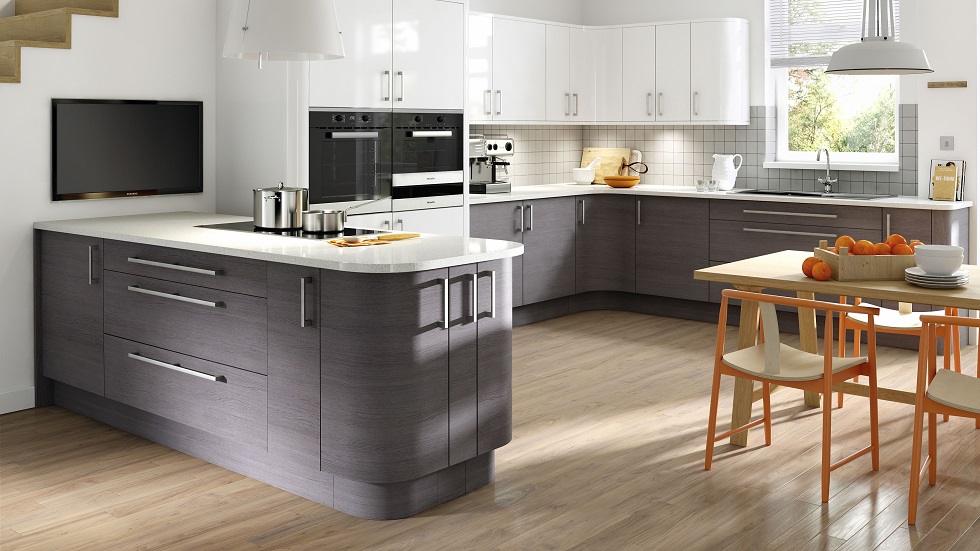Let’s be honest—home renovations can be messy, expensive, and, well, not exactly kind to the planet. But what if you could give your space a fresh look while keeping Mother Earth in mind? Turns out, sustainable materials aren’t just for treehouses and off-grid cabins. From reclaimed wood to recycled glass countertops, eco-friendly options are more accessible (and stylish) than ever. Here’s the deal: going green doesn’t mean sacrificing style or durability. In fact, some of these materials outlast their conventional counterparts.
Why Choose Sustainable Materials?
First things first—why bother? Well, traditional building materials often come with a hidden cost: deforestation, high carbon emissions, and toxic chemicals. Sustainable alternatives, on the other hand, reduce waste, lower energy consumption, and even improve indoor air quality. Plus, they add a unique character to your home that mass-produced stuff just can’t match.
Top Eco-Friendly Materials for Your Renovation
1. Reclaimed Wood
Think of reclaimed wood as the vintage jeans of home renovation—full of history and charm. Sourced from old barns, factories, or even wine barrels, it’s got a story to tell. And since it’s already been around the block, you’re saving trees and reducing landfill waste. Use it for flooring, beams, or even a statement wall.
2. Bamboo
Bamboo isn’t just for pandas. This fast-growing grass (yep, it’s not actually wood) matures in just 3-5 years—compared to decades for hardwood. It’s durable, moisture-resistant, and works beautifully for flooring or cabinetry. Just make sure it’s FSC-certified to ensure responsible harvesting.
3. Recycled Glass Countertops
Who knew your old beer bottles could become a kitchen centerpiece? Recycled glass countertops mix crushed glass with binders like cement or resin, creating a surface that’s both eye-catching and durable. They’re non-porous, stain-resistant, and come in a rainbow of colors.
4. Cork
Cork isn’t just for bulletin boards. Harvested from the bark of cork oak trees (which regrow every 9 years), it’s a renewable superstar. Soft underfoot, naturally insulating, and resistant to mold, it’s perfect for flooring or wall tiles. Bonus: it absorbs sound, so your home office stays blissfully quiet.
5. Hempcrete
No, it’s not what you’re thinking. Hempcrete is a mix of hemp fibers, lime, and water, creating a lightweight, insulating material for walls. It’s carbon-negative—meaning it absorbs more CO2 than it emits—and regulates humidity like a pro. Sure, it’s niche, but for eco-warriors, it’s a game-changer.
Lesser-Known (But Brilliant) Options
Beyond the usual suspects, there are some under-the-radar materials worth considering:
- Mycelium insulation: Grown from mushroom roots, it’s biodegradable and fire-resistant.
- Ferrock: A concrete alternative made from recycled steel dust and silica.
- Straw bales: Yes, really—compressed straw makes surprisingly sturdy, super-insulated walls.
What to Avoid (and Why)
Not all “green” claims hold up. Watch out for:
- PVC: Releases toxic chemicals during production and disposal.
- Traditional paint: Often packed with volatile organic compounds (VOCs). Opt for low-VOC or natural clay paints instead.
- Composite wood with formaldehyde: That “new carpet smell”? Yeah, not great for your lungs.
Budget-Friendly Tips
Sustainability doesn’t have to break the bank. Here’s how to keep costs down:
- Shop local salvage yards for reclaimed materials.
- Prioritize high-impact areas (like flooring or insulation) first.
- DIY where possible—sand and refinish old floors instead of replacing them.
The Bigger Picture
At the end of the day, sustainable renovation isn’t just about materials—it’s about mindset. Could you repurpose that old door as a table? Could you install energy-efficient windows to cut heating bills? Small choices add up. And honestly, there’s something deeply satisfying about a home that looks good and does good.

















